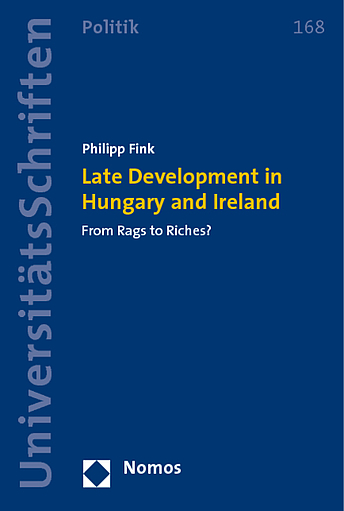englischThe current paradigm of associative development advocates the attraction of export-oriented foreign direct investments by emerging economies as a road from rags to riches. However, according to the author, the examples of Ireland and Hungary show that the location of foreign firms does not automatically induce successful development. Both countries are dependent on external sources for economic growth, resulting in an uneven growth process. A historic comparison shows that they continue to follow peripheral modes of development. This is a result of both states’ failure to cater for inclusive development. Hence, this analysis calls for the formulation of a new development paradigm, which focuses on growth through equality.
Irland und Ungarn verfolgen eine Entwicklungsstrategie, die in bewusster Abhängigkeit von Globalisierungsprozessen in Form von ausländischen Direktinvestitionen steht und sich als Paradigma in der Peripherie durchgesetzt hat. Doch dieser Entwicklungspfad hat zu einer ungleichen und abhängigen Entwicklung geführt. Dies ist laut dem Autor das Resultat des mangelnden Gestaltungswillens beider Staaten, für einen gleichgewichtigen Wachstumsprozess zu sorgen. Die historische Analyse zeigt, dass eine auf ausländische Firmen fußende Entwicklungsstrategie nicht ausreicht, um traditionelle Peripheralität zu überwinden. Der Autor fordert eine Reform des Entwicklungsparadigmas, um eine gleichgewichtige Entwicklung zu ermöglichen.


